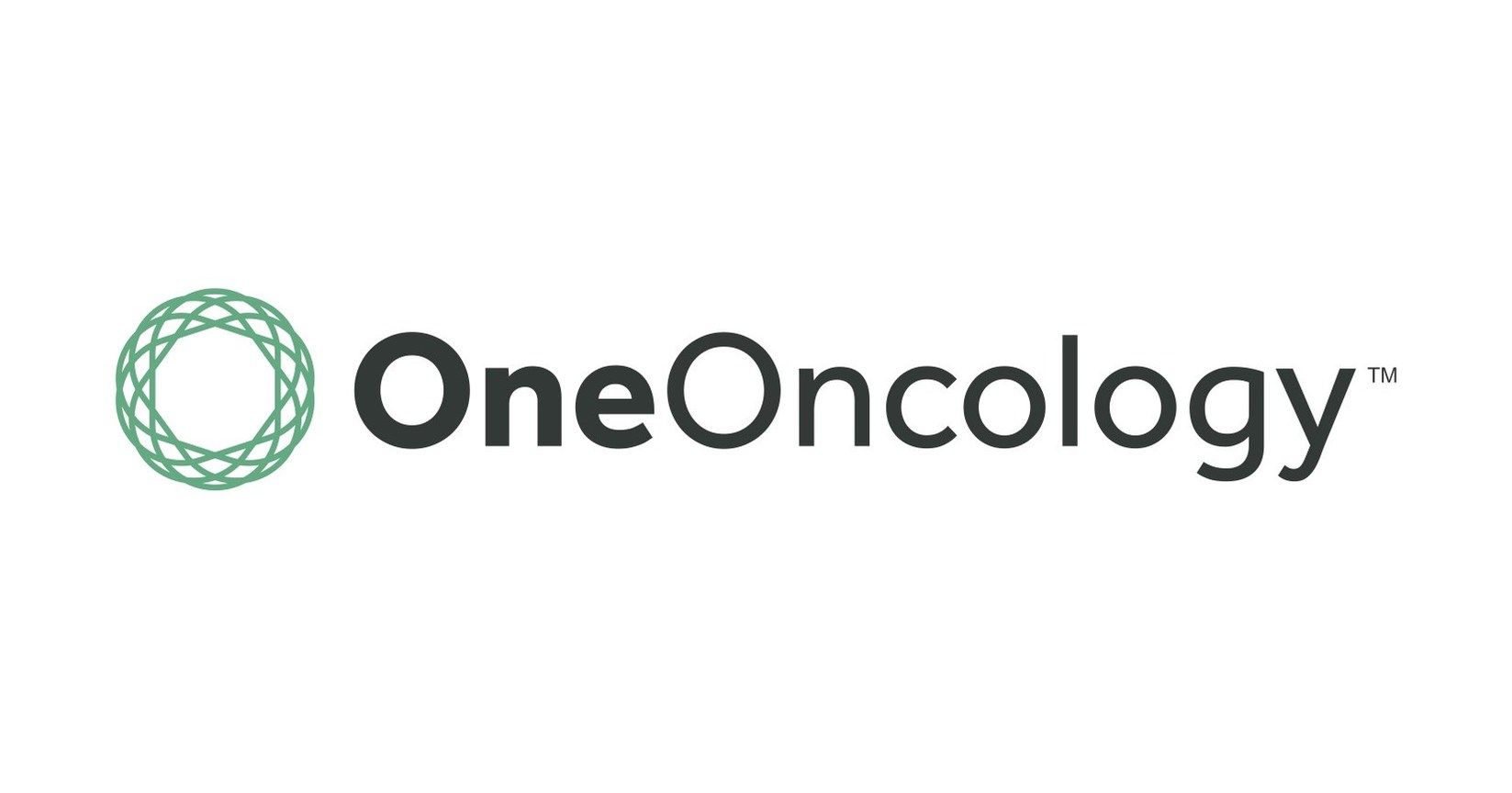Article
Great American Smokeout Takes Aim at Young Tobacco Users
Author(s):
Thursday is the Great American Smokeout, an event founded on this date in California in 1976. This year, the event comes amid the 50th anniversary celebration of the report to the US Surgeon General that started public health efforts to curb tobacco use.
Thirty-eight years ago today, the California division of the American Cancer Society convinced 1 million smokers to give up tobacco for the day, and the Great American Smokeout was born. The annual event, celebrated on the third Thursday of November, highlights the benefits of quitting smoking at any age. The event also gives health officials an opportunity to publicize quitlines and services that can support smokers who want to stop.
This year, the event comes at the end of a yearlong 50th anniversary celebration of Smoking and Health, the report to US Surgeon General that launched the public health crusade against cigarettes. There has been success in reducing smoking—the share of adults who smoke has been reduced by half since 1965. Yet more than 20 million American have died from smoking, and it is the leading preventable cause of disease, disability, and death in the United States. Federal officials estimate the annual cost to the nation, in healthcare costs and lost productivity, is nearly $300 billion. As reported last year in Evidence-Based Oncology, a publication of The American Journal of Managed Care, it took 2 decades after the report's publication for public health officials to focus seriously on the effects of second-hand smoke, and even longer for the tobacco industry to pay for the harm caused by its products.
CDC statistics show that 2 of 3 Americans who smoke want to quit, and more than half have tried to quit at least once in the past year. The concept behind the Great American Smokeout is to give these smokers a target date for making plans to quit, with support from fellow smokers who are trying to do the same.
While smoking causes many cancers and diseases, it is most associated with lung cancer, which causes the highest number of cancer deaths in the United States. The year 2014 brought news in the fight against lung cancer, with Medicare recently proposing to pay for low-dose CT screening for long-term smokers and for those who have quit but have a significant smoking history. The plan could take effect in early 2015.
As 2014 opened, CDC officials and Acting US Surgeon General Boris D. Lushniak heralded the 50th anniversary with some sobering facts: despite the success in reducing smoking, efforts to trim smoking in the United States have stalled. New products, such as e-cigarettes, are being marketed to young people, who experts say must be the focus of future tobcacco control efforts. And CDC data reveal alarming disparities in tobacco use, with smoking rates much higher among minorities, those with less education, and in the South. In his remarks in January, Lushniak took note of these facts:
“The burden of tobacco use is not shared equally by all of us. Our education; income; race; where we live, especially the Midwest and Southeast; our sexual orientation; and whether we have a mental illness—these factors affect whether we are harder hit by tobacco,” he said.
On November 14, the CDC released new data on tobacco use among teenagers. The new research showed that among US middle and high school students, cigarette smoking has declined in recent years; however, the use of some other tobacco products has increased, and nearly half of tobacco users use 2 or more tobacco products. Among all high school students in 2013, cigarettes (12.7%) and cigars (11.9%) were the most commonly reported tobacco products currently used; other products included smokeless tobacco (5.7%), and e-cigarettes (4.5%).
Around the Web
History of the Great American Smokeout
CDC: Tobacco Use Among Middle and High School Students




